Drive My Car
Beep-beep’m-beep-beep, yeah.
After last summer’s sprint north, we swore we’d never try to move that fast again. We are heading back down south for the winter, but we’re going to take months to get there. We’re going to wander, at a leisurely pace, stopping frequently, the way we traveled when we first set out.
We said goodbye to our friends in Copper Harbor, and to Lake Superior, and then we meandered south, taking our time, driving but also stopping to explore, and then on again. It was a nice mix of the road and relaxation with no need to be anywhere beyond escaping bad weather.
We took a week to slowly work our way down out of the UP, along Lake Michigan, across the Mackinac Bridge, and down into The Mitten. We hugged the shores of Lake Huron, one of the Lakes we’ve visited the least.
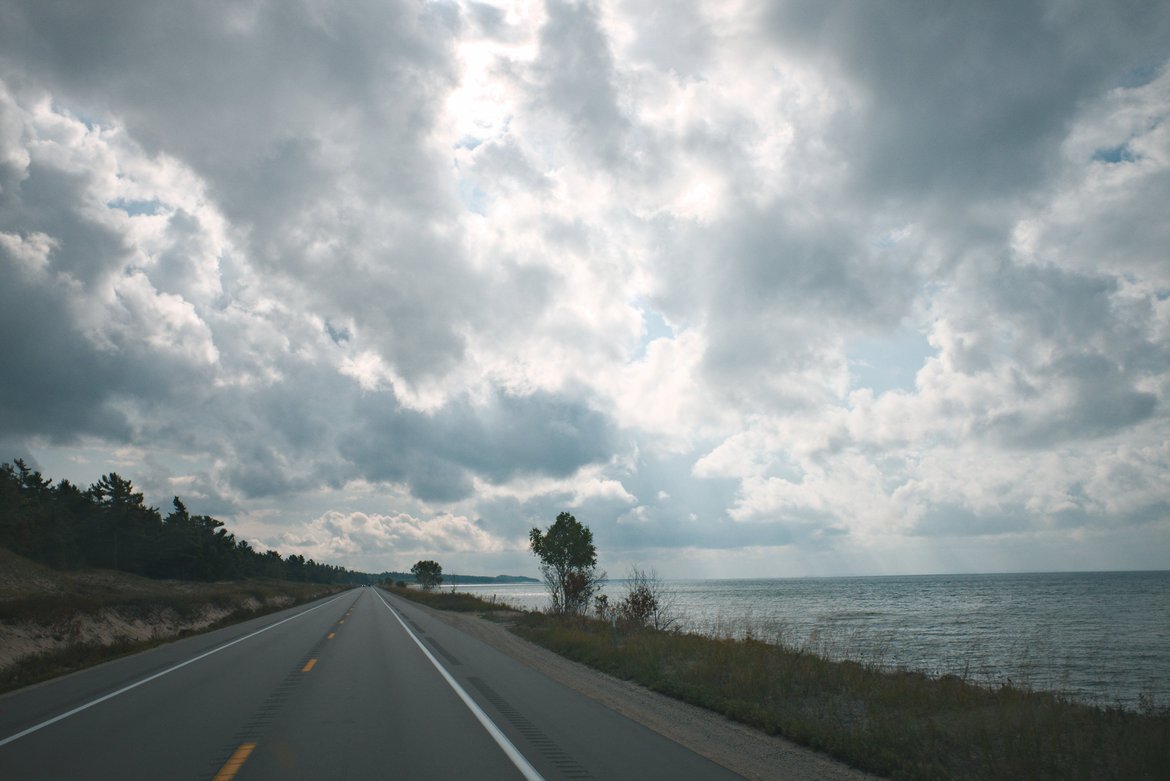

Every other time we’ve left Lake Superior we’ve gone west, out into the Dakotas. Once through South Dakota, and last year through North Dakota. This year we’re headed the opposite way, east and then south.
When you head west out of northern Wisconsin the notable change is that the trees fall away. After a day of driving you’re out of the boreal forests and into the vast nothingness of the plains. Going east the trees never stop, the boreal forest does fade and give way to a much more mixed hardwood forest, but it’s still mainly trees unless you stick to the shoreline.
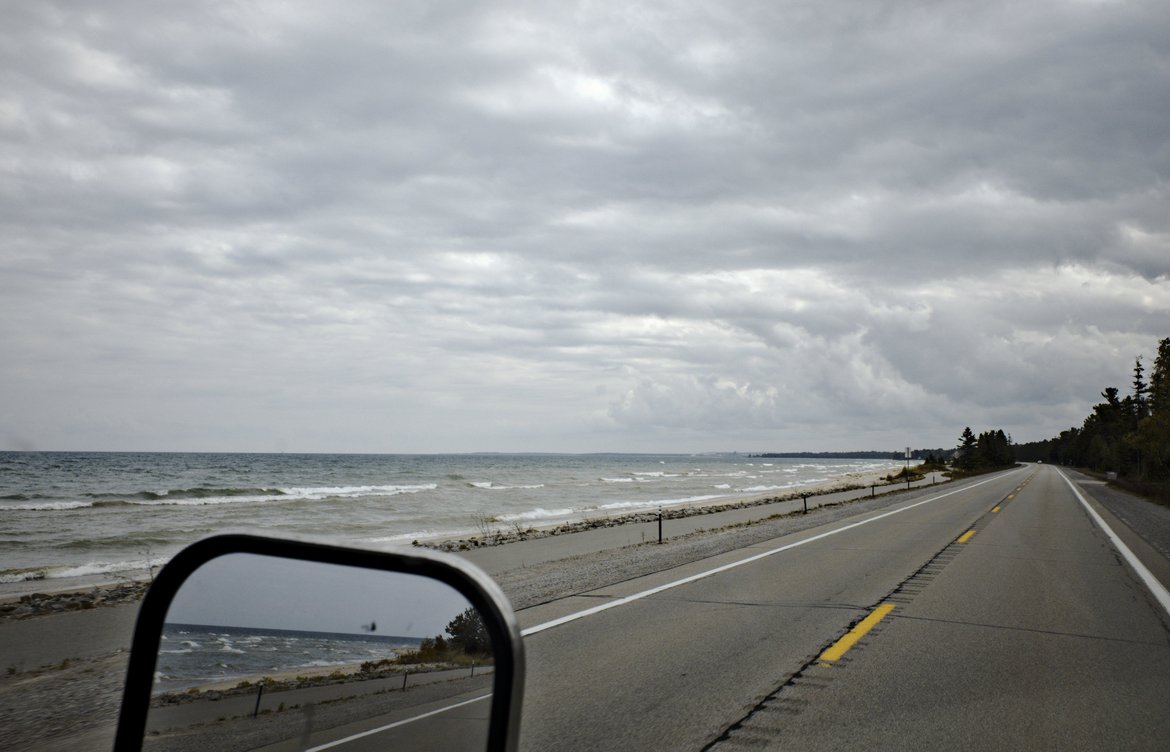
I love to drive, I always have. I got my driver’s license at 15 and a half and never looked back. At 19 I dropped out of college and went on a three month road trip around the United States.
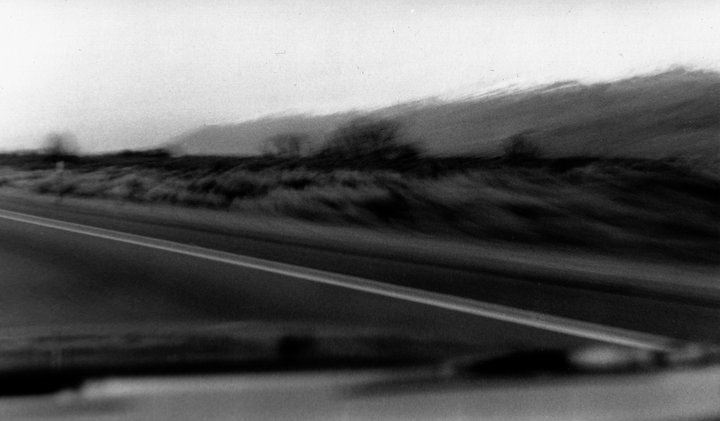
Had I been born a century or two earlier, I suspect I’d feel about the horse the way I feel about the automobile. Both are, on one hand, ways to get down the road, and on the other, things that human beings obsess over in their effort to go faster, farther, better.
I haven’t ridden horses enough to know how I’d feel about them, but the car quickly came to feel like a natural extension of my body. There’s an interview with Steve Jobs where he talks about how, per kilometer a human being isn’t very efficient. The most efficient animal per kilometer is the Condor. But, and this is the part Jobs zeros in on, put a human on a bicycle and he becomes astronomically more efficient than any other human.
What Jobs doesn’t mention, but any cyclist can attest to, is how the bicycle quickly becomes more than a tool, turning rather to an extension of the body. This also happens with cars and is, I think, more than anything else, is why I like driving older cars — they are more directly connected to you and your decisions, they are more fully an extension of the body.
There is very little abstraction in vehicles from the 1970s and earlier. The mechanical workings of an old car form a clear picture in my head at this point — I know what happens when I push on the gas pedal. I know the entire chain of connection from the pedal to the piston compression to turning that detonation into rotational energy that actually moves you down the road. This clear picture in turn (I feel) gives a deeper connection between driver and machine.
When you stop and think about it, an engine is a miraculous creation. Every time one breaks down on me I find myself amazed that it ever ran at all.
An engine is a hunk of metal with holes in it really. A piston moves up and down through those metal holes. Cylinder if you want to get more technical. On the down stroke the piston rapidly increases the available volume of the cylinder, which creates a vacuum. Remember high school physics? Nature doesn’t like vacuums, she fills them. In this case she fills the vacuum with a mixture of air and atomized gasoline, which comes in through an open hole. That hole then gets closed, and the piston changes direction, moving up and compressing that mixture of fuel and air, and then, right about at maximum compression, the spark plug sparks. Boom. Gasoline has more energy per unit of mass than TNT1 and it sends the piston back down the cylinder, which turns the crankshaft. This is the step where we get the rotary motion necessary to actually move down the road.
With an old engine like the bus you’re much closer to all of that. I can feel it through my foot, and hear it roar. I push a little harder, the pistons move up and down a little faster. It’s a very direct, unmediated connection, at least relative to more modern engines. I can feel the road through my foot, I can sense what the tires are doing from the way the steering wheel feels in my hand. Driving the bus thus becomes an almost entirely intuitive operation, I don’t sit around thinking about what to do, I just do what feels right when I am driving.
When I stop and think about it though, all I ever think is how miraculous that an engine just does this over and over again, thousands of times a day, millions of times, possibly billions of times in its life. It just keeps doing it. What else has humanity ever built that does that?
Maybe that’s too much for some people. A lot of people just want to get somewhere. I understand that I guess, but it doesn’t make for a very interesting experience.
Still, the further we got from the UP, the more we re-entered the world fast drives. Everyone who lives near a city seems to be in a hurry. All the time. At least to judge from how they drive, which is the chief way I have to observe city folks at this point.
We are incredibly fortunate to live a life where we are very seldom in a hurry, and I always look at the cars darting around me on larger highways and think, I’m sorry. I’m sorry that you have have to rush about. I wish I could give everyone the time to slow down, take a deep breath, relax, try to enjoy the fact that your engine is working, you hurling down the highway at speeds unthinkable just 100 years ago, that everything around us is in fact miraculous.
-
Contemplate this for a while and tell me again how we can replace fossil fuels with “clean” energy (which is nothing of the sort, but we’ll leave that alone for now). ↩
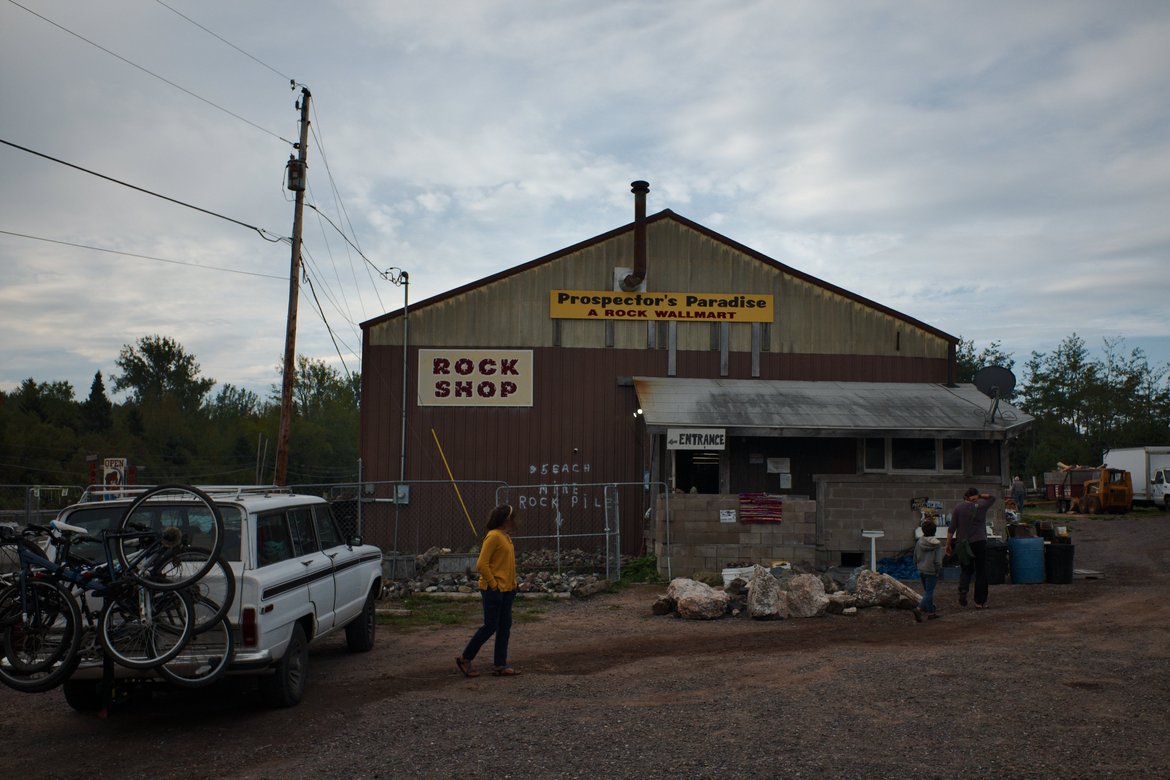
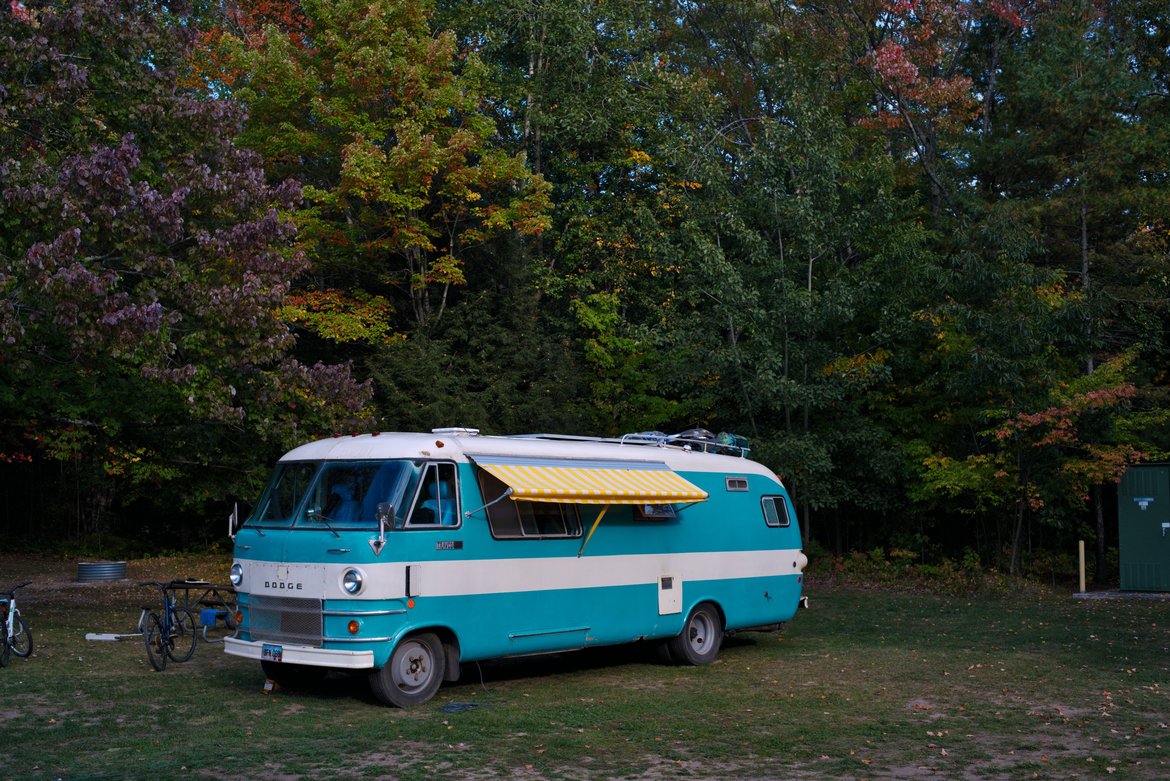
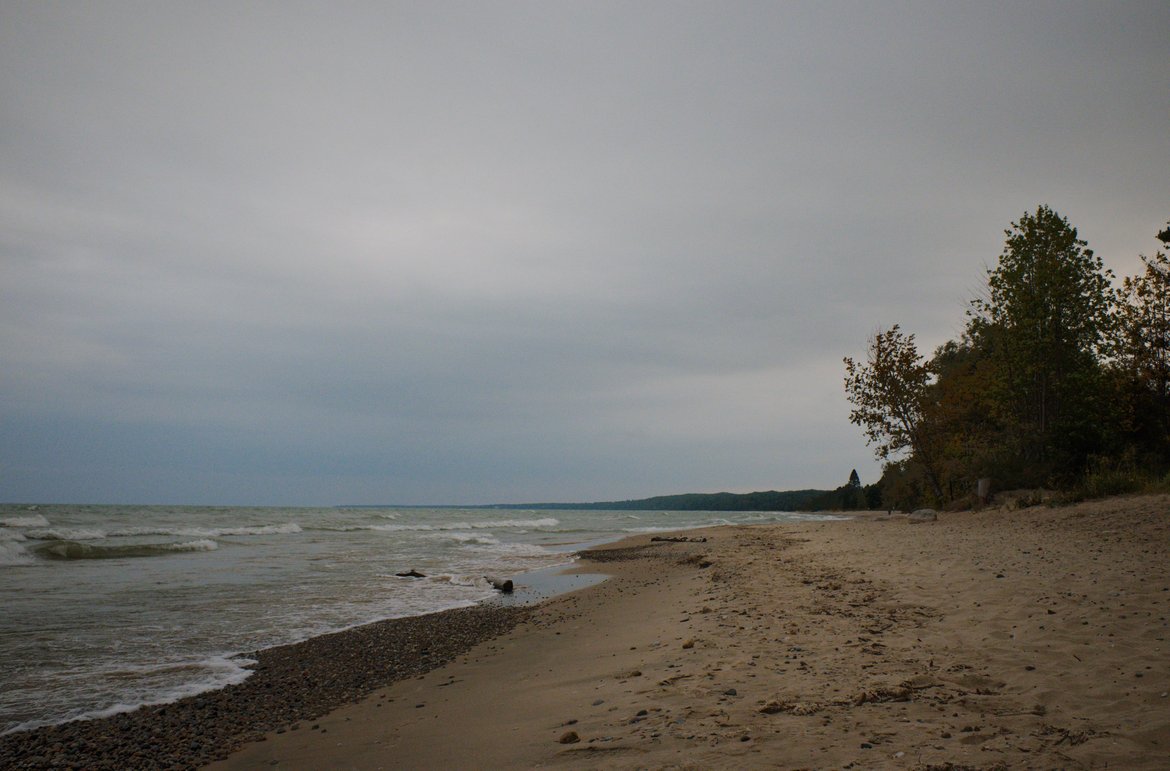
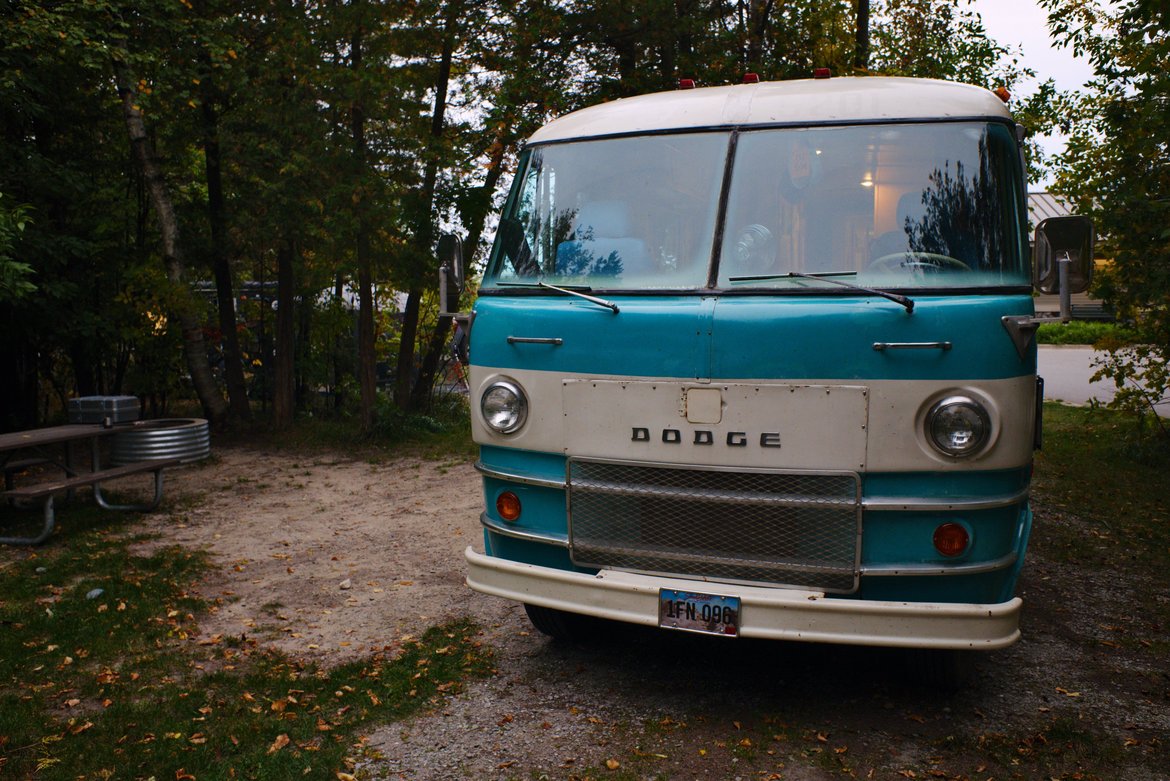
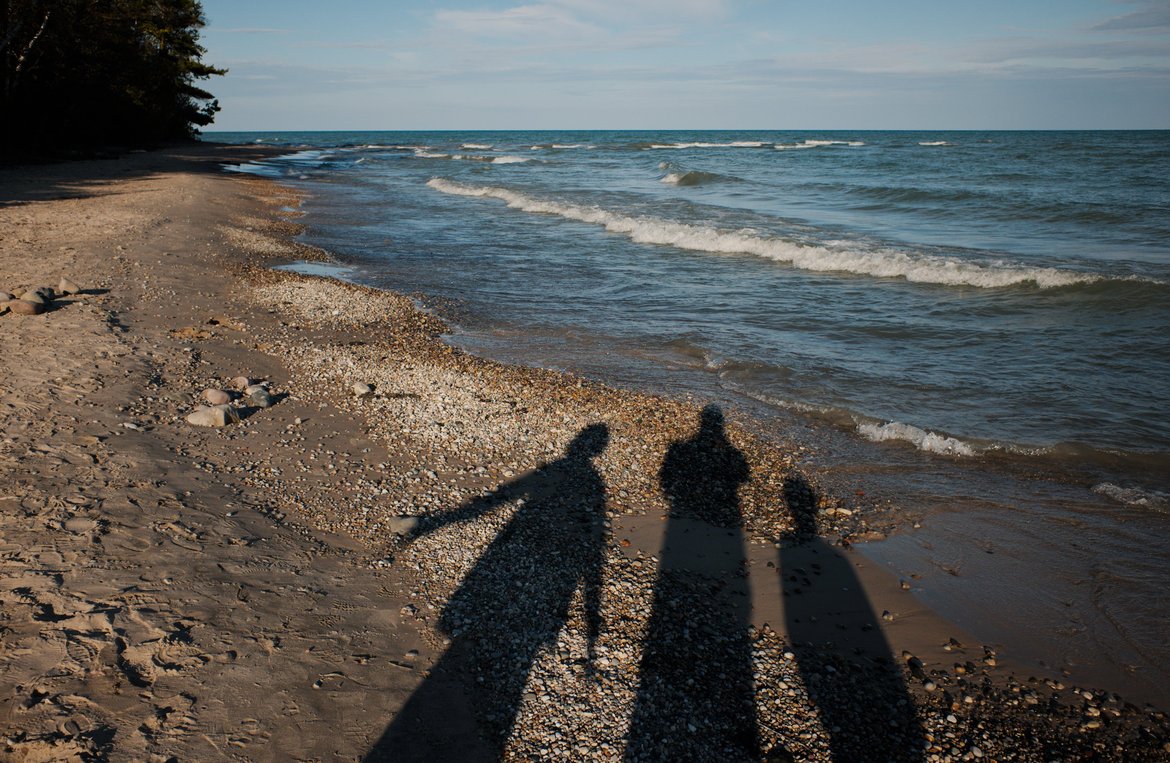
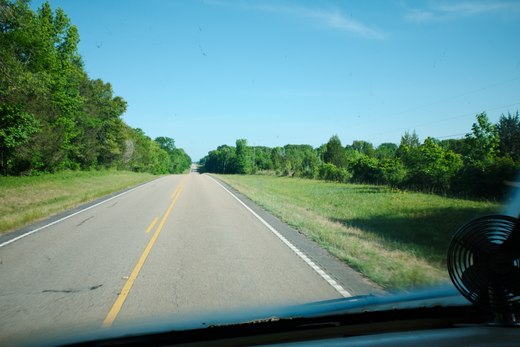
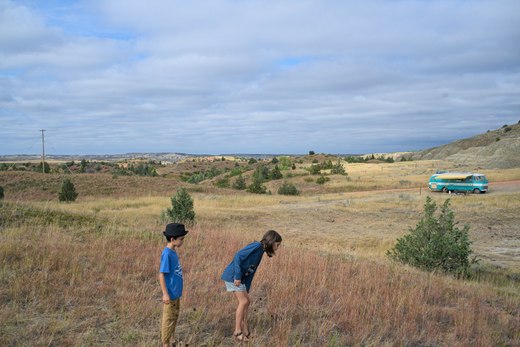
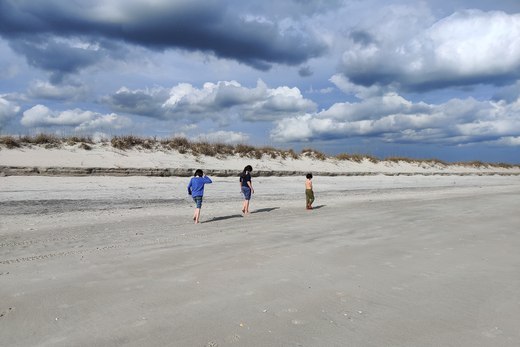
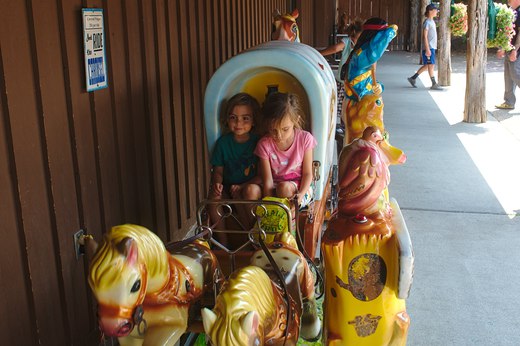
Thoughts?
Please leave a reply:
All comments are moderated, so you won’t see it right away. And please remember Kurt Vonnegut's rule: “god damn it, you’ve got to be kind.” You can use Markdown or HTML to format your comments. The allowed tags are
<b>, <i>, <em>, <strong>, <a>. To create a new paragraph hit return twice.